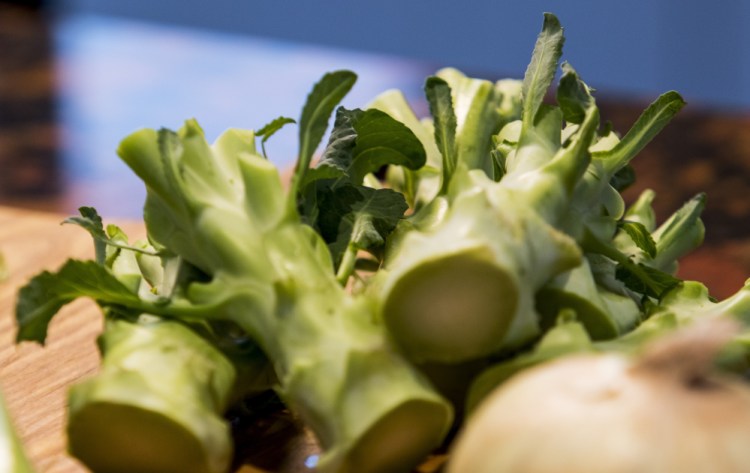The recently released 32-page report on Maine’s solid waste management situation was newsworthy. Some news was bad: In 2014, every Maine resident kicked to the curb an average of 114 more pounds of trash than they had in 2013. Some was rationalized by market forces: Recycling rates were down, driven in part by dropping value of those recycled materials. And some was potentially good: The tonnage of organic matter diverted from disposal and sent to composting facilities almost doubled.
It was that last point, made in the report prepared by the Department of Environmental Protection and presented to Maine’s joint legislative Committee on Environment and Natural Resources earlier in January, which caught my eye. Kudos to us for working to reduce food waste? Well, maybe.
The report reiterated the 2011 findings of two University of Maine economics professors who characterized the types of residential waste flooding the state’s landfills and incinerators. According to the professors’ calculations, roughly 22 percent of the material thrown out could have been recycled. Over 38 percent was organic matter that could have been composted – basically, that was tossed food – leaving just 40 percent or so that was actual garbage.
The DEP’s report on our 2014 garbage habits states that the total amount of food scraps and leaf and yard waste collected weighed in at 23,627 tons, up from 12,674 tons in 2013. According to a DEP spokesperson, 11,881 tons of the 2014 tally consisted of food scraps.
Just for extrapolation’s sake, let’s take the professors’ estimate of organic matter rotting in the state’s dumps (38 percent) and apply it to 2014’s total waste number (roughly 2.77 million tons). Potentially, we could have reduced the total amount of organic matter going into the state’s landfills and incinerators by 1.05 million tons that year. Even allowing for yard waste tallies and the growing number of Mainers either composting at home or using home-pickup composting programs like Garbage to Garden and We Compost It!, we’re still throwing out far too much food.
As kids, we were told to finish all the food on our plates. As adults, maybe we need a reminder to use up all the food in our cupboards and fridges.
My mom used to hold a soup and bread open house in the middle of winter when it had been too long since anyone had seen anyone else walking around the neighborhood. She’d invite her whole world and ask them to bring either a pot of soup, a loaf of bread or a dessert to share. She never wanted anyone to have to dig deep into their pockets to make their contribution but encouraged folks to dig deep into their pantries, into the backs of their refrigerators and into the corners of their cabinets to bring what they had on hand.
I recently relocated the tradition from her home to mine by hosting my own Waste Not, Want Not potluck supper. Fifty people of all ages came, bringing 11 soups, many loaves and a half-dozen desserts. Each dish was labeled with what it was and what was not wasted to produce it. Selections ranged from Broccoli Stem and Leftover Christmas Stilton Soup (see recipe) to a curried pantry soup whose creator admitted she could not likely reproduce it as it was made from bits and bobs she’ll not likely have on hand in similar quantities ever again. There was a drink made from USDA surplus cherries, a crisp made with the last of the peaches from a tree growing in Edgecomb and rolls left over from dinner the night before.
The party was still a party, for sure, but the creative ways in which contributors dug deep into their cupboards and vegetable drawers and tapped their imaginations and cooking skills to make dishes instead of trash proved to be useful as both conversations starters and lessons learned.
Christine Burns Rudalevige is a food writer, recipe developer and tester, and cooking teacher in Brunswick. Contact her at cburns1227@gmail.com.
Send questions/comments to the editors.



